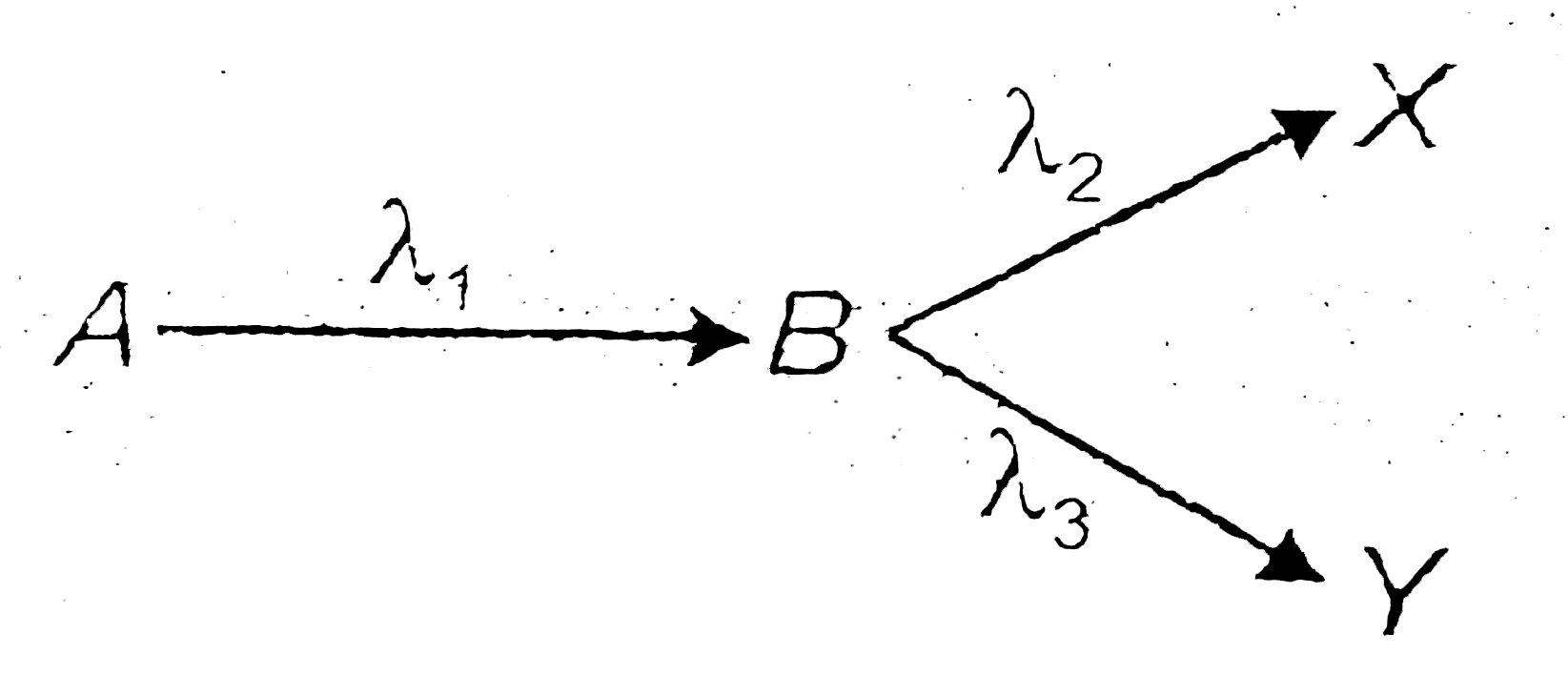State the law of radioactive decay. If N0 is the number of radioactive nuclei in the sample at some initial time t0, find out the relation to determine the number N present at a subsequent time.
Step by step video & image solution for State the law of radioactive decay. If N_0 is the number of radioactive nuclei in the sample at some initial time t_0, find out the relation to determine the number N present at a subsequent time. by Physics experts to help you in doubts & scoring excellent marks in Class 12 exams.
Related Playlists
- BOOK - PRADEEPCHAPTER - ATOMS AND NUCLEIEXERCISE - Questions Long 111videos
ATOMS AND NUCLEI
- BOOK - PRADEEPCHAPTER - ATOMS AND NUCLEIEXERCISE - Questions Long 121videos
ATOMS AND NUCLEI
- BOOK - PRADEEPCHAPTER - ATOMS AND NUCLEIEXERCISE - Questions Long 91videos
ATOMS AND NUCLEI
- BOOK - PRADEEPCHAPTER - COMMUNICATION SYSTEMSEXERCISE - MODEL TEST PAPER-29videos
COMMUNICATION SYSTEMS
Similar Practice Problems
- Question 1 - Select One
If N0andN are the number of radioactive particles at time t=0andt=t, then
Aλ=1tlogN0NBλ=2.303tlogNN0Cλ=t2.303logN0NDλ=2.303tlogN0N - Question 1 - Select One
If N0 is the number of radioactive nuclei initially present , then the number of nuclei remaining undecayed at the end of nth half life is
A2−nN0B2−nN0C2−nN0D2−nN0 - Question 1 - Select One
Let T be the mean life of a radioactive sample. 75% of the active nuclei present in th sample initially will deacy in time
A2TB1/2(ln2)TC4TD2(ln2)T - Question 1 - Select One
For a radioactive sample, at given instant, number of active nuclei is N and its decay constant is λ then the incorrect relation is–
ANλ = activity at given instantBλ= decay probability per unit time of nucleusCAfter the next 1λ time interval active nuclei in the sample will be N(1−1e)DThe half life of the sample =ln2λ - Question 1 - Select One
For any radioactive sample number of nuclei undergoing the decay per unit time is proportional to
Areciprocal of activity of sampleBmass of 1 mole of sampleCnumber of decayed nuclei in sampleDnumber of undecayed nuclei present at that time at the sample
Similar Questions
Show that the decay rate R of a sample of radionuclide is related to the number of radioactive nuclei N at the same instant by the expression R=λN.
View SolutionThe rate at which a particular decay process occurs in a radio sample, is proportional to the number of radio active nuclei present . If N is the number of radio active nuclei present at some instant, the rate of change of N is dNdt=−λN. Consider radioactive decay of A to B which may further decay either to X or to Y, λ1,λ2andλ3 are decay constants for A to B decay , B to X decay and B of Y decay respectively. if at t=0 number of nuclei of A,B , X and Y are N0,N0,zero and zero respectively

and N1,N2,N3,N4 are number of nuclei A,B , X and Y at any instant.
The number of nuclei of B will first increase then after a maximum value, it will decreases, ifView SolutionThe rate at which a particular decay process occurs in a radio sample, is proportional to the number of radio active nuclei present . If N is the number of radio active nuclei present at some instant, the rate of change of N is dNdt=−λN. Consider radioactive decay of A to B which may further decay either to X or to Y, λ1,λ2andλ3 are decay constants for A to B decay , B to X decay and B of Y decay respectively. if at t=0 number of nuclei of A,B , X and Y are N0,N0,zero and zero respectively

and N1,N2,N3,N4 are number of nuclei A,B , X and Y at any instant.
At t=∞, which of the following is incorrect ?View SolutionThe rate at which a particular decay process occurs in a radio sample, is proportional to the number of radio active nuclei present . If N is the number of radio active nuclei present at some instant, the rate of change of N is dNdt=−λN. Consider radioactive decay of A to B which may further decay either to X or to Y, λ1,λ2andλ3 are decay constants for A to B decay , B to X decay and B of Y decay respectively. if at t=0 number of nuclei of A,B , X and Y are N0,N0,zero and zero respectively

and N1,N2,N3,N4 are number of nuclei A,B , X and Y at any instant.
Rate of accumulation of B of any instant will beView SolutionA radioactive substance has half-life T12 and number of radioactive nuclides present initially was N0. What is the number of radioactive nuclides at time t ?
View Solution

